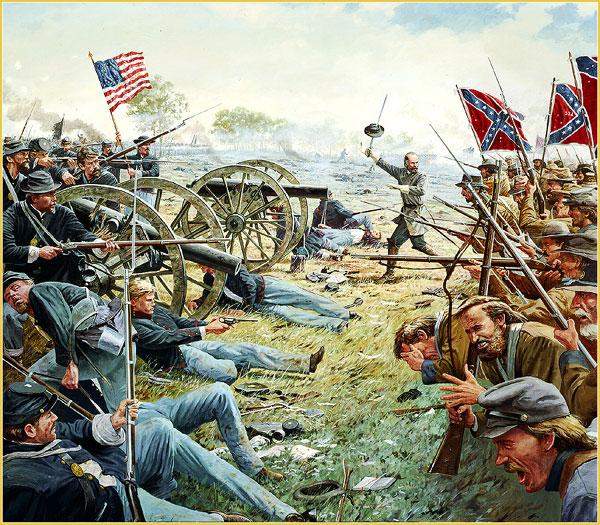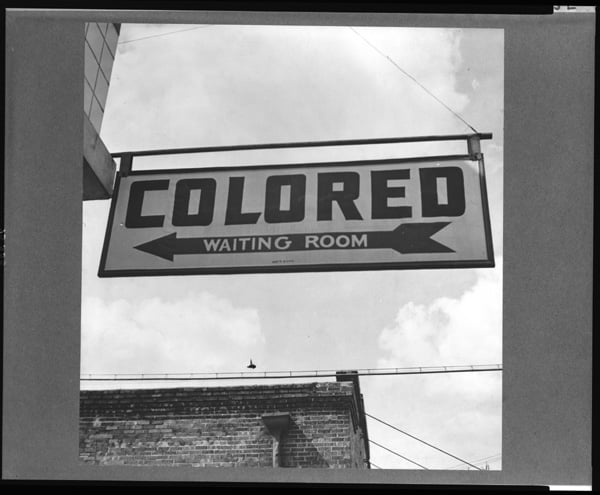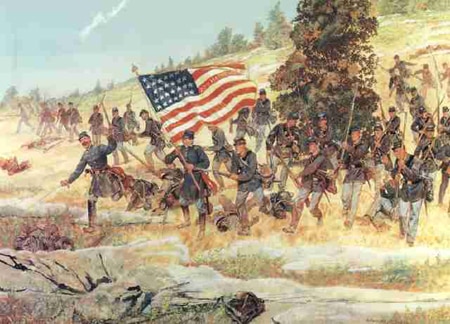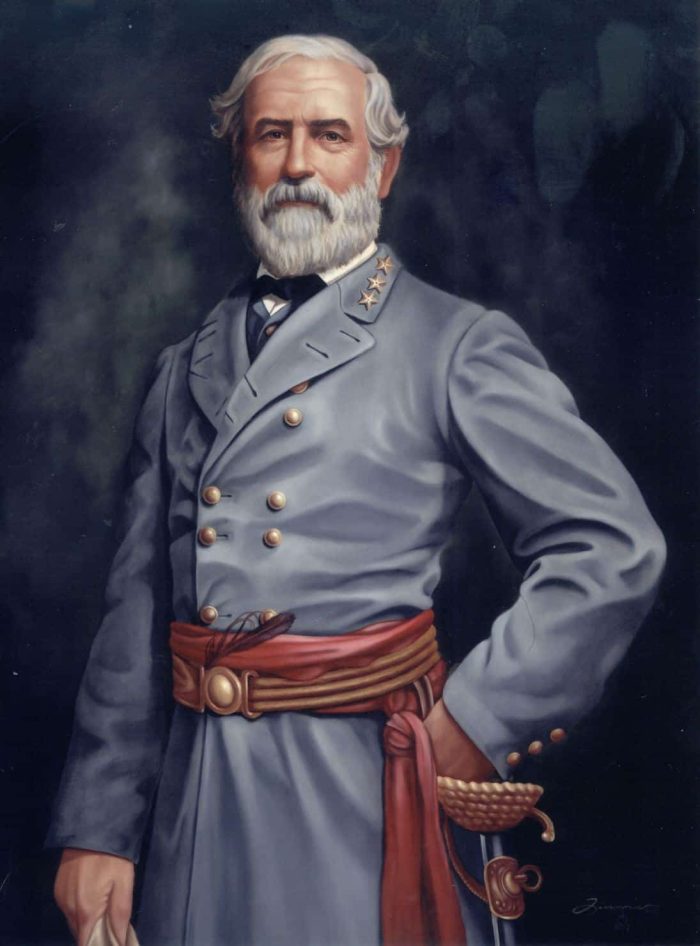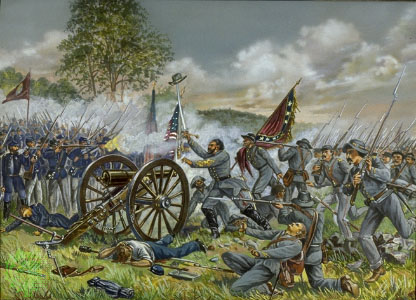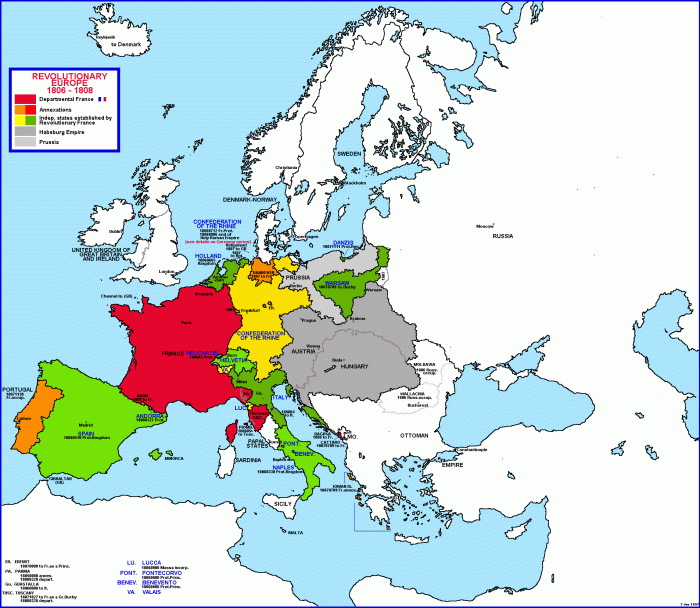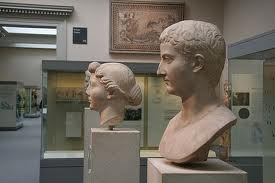An Occurrence at Owl Creek Bridge: Theme Analysis
In An Occurrence at Owl Creek Bridge, the theme is evident. The story is about the peril of a man, Peyton Farquhar, a white farm owner in the South during the Civil War. At the beginning of the story, he finds himself about to be hung and it explores how he got there and his…


